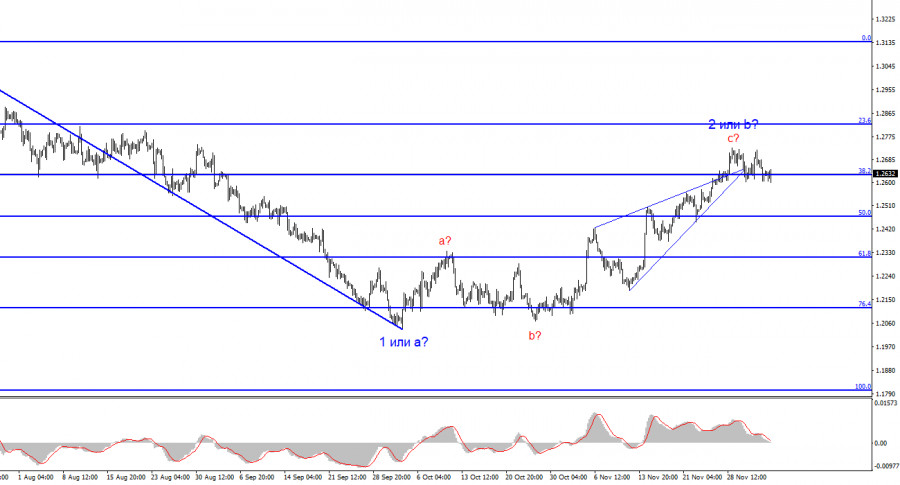
Tomorrow, Bank of England Governor Andrew Bailey will deliver a speech. About two weeks have passed since his last speech, and during this time, there has been no significant report in the UK that could affect the BoE chief's point of view. Therefore, the first thing to say is that Bailey's rhetoric will likely stay the same. Two weeks ago, he stated that the latest inflation report was a pleasant surprise and that the Consumer Price Index would slow down more than expected by the end of the year. If inflation in the UK is also falling, why would the Bank of England raise the rate?
The problem with British inflation now is that initially, it rose much more strongly than in the US or the European Union. Inflation continues to be stimulated by rapidly rising wages, but GDP growth is almost absent. Perhaps the Bank of England would dare another rate hike. Still, the economy could then fall into a recession, something the British regulator, with the perpetual dissatisfaction of Britons with the current state of affairs in the country and the economy, clearly wants to avoid. Therefore, the probability of new policy tightening in Britain is also close to zero.
However, the market, which does not reduce demand for the pound, still counts on several "hawkish" statements or that one of the Bank of England's Managing Board members will suddenly switch to the "hawk" side. I can't explain the pound's resilience in any other way. However, the wave count still implies a decline in the pound, so ultimately, buyers may give up, and that's what I'm counting on.
Based on the analysis conducted, the construction of a bearish wave set continues. Targets around the 1.0463 mark have been perfectly worked out, and the unsuccessful attempt to break through this mark indicated a transition to the construction of a corrective wave. Wave 2 or b has taken on a completed form, so in the near future, I expect the construction of an impulsive downward wave 3 or c with a significant decline in the pair. I still recommend selling with targets below the wave 1 or a low. At the moment, the wave 2 or b can be considered complete.

The wave pattern of the pound/dollar pair suggests a decline within the descending trend segment. The maximum the British pound can count on is a correction. I recommend selling the pair with targets below the 1.2068 mark because wave 2 or b should ultimately end and can end at any time. The longer it takes, the stronger the decline of the pound will be. The narrowing triangle is a harbinger of the completion of the movement















 Download NOW!
Download NOW!
No comments:
Post a Comment